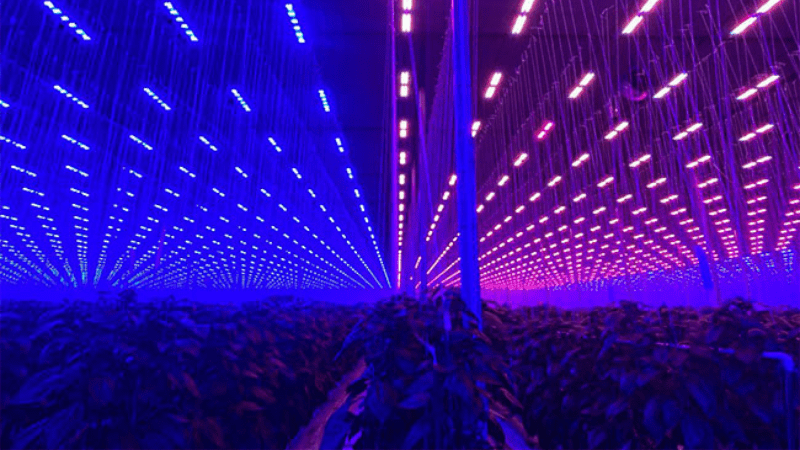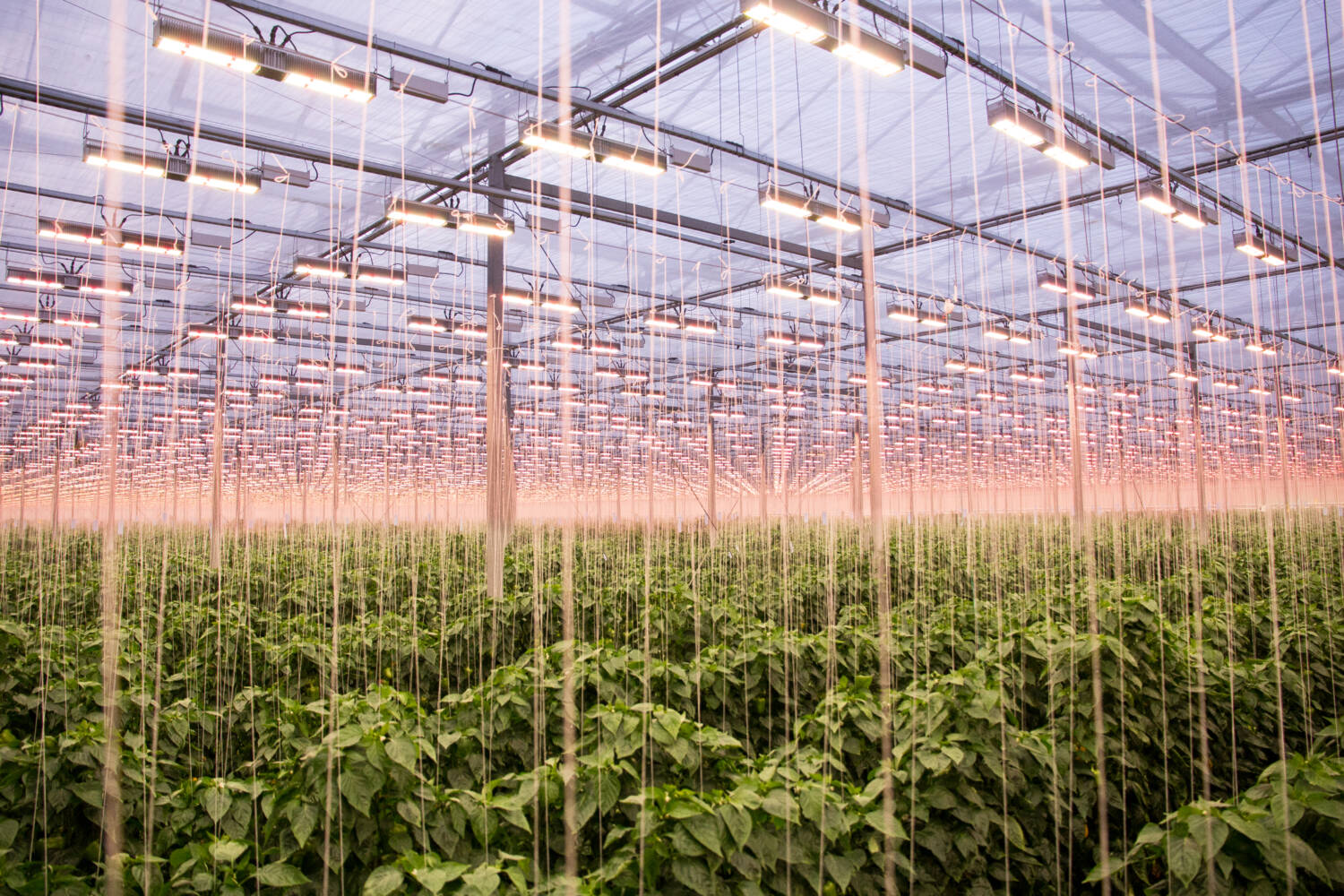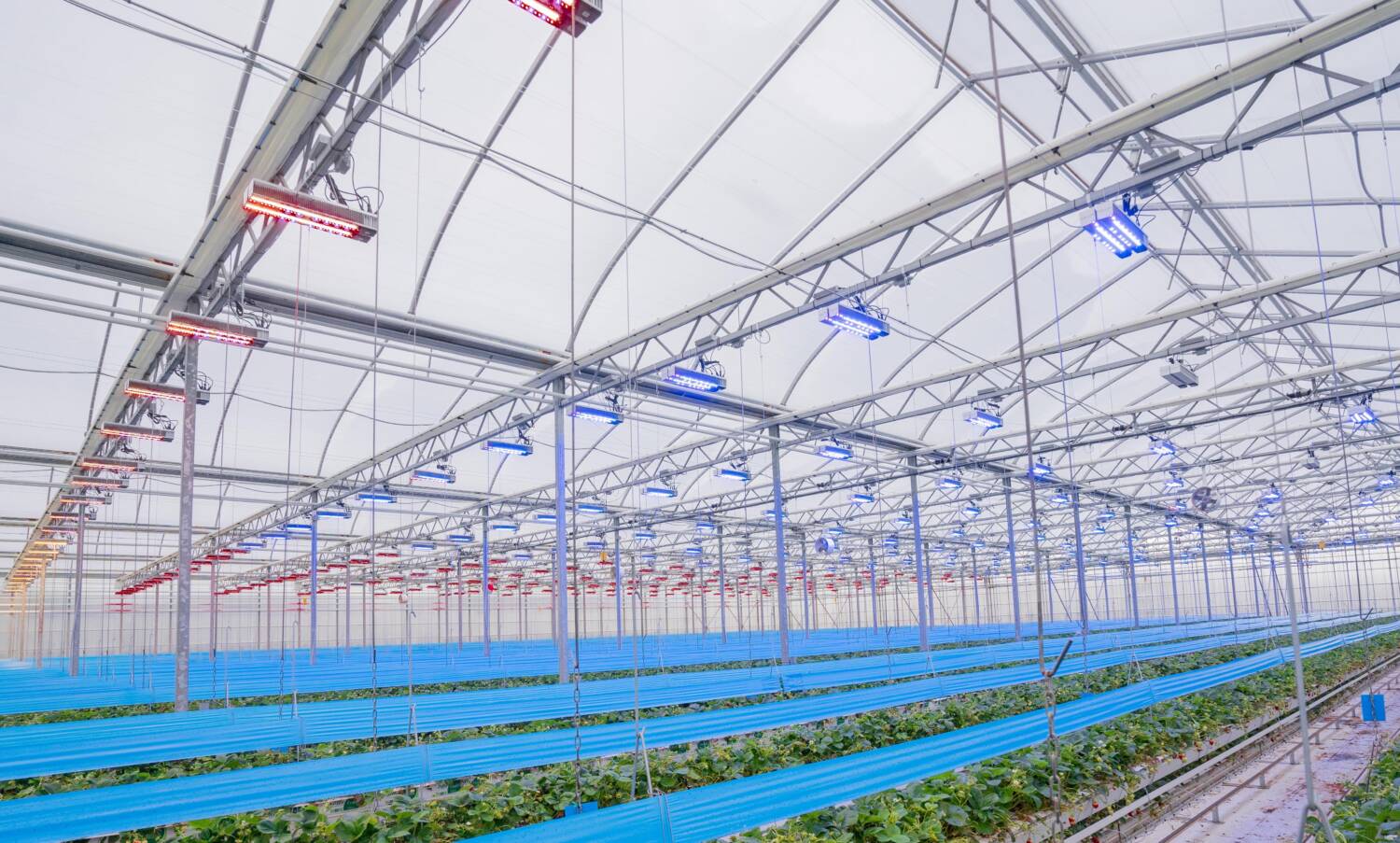
Keeping up with technology
I wanted to find out more about what growers should be considering when adding or updating lighting so I reached out to Michael Hanan, sales director at Sollum Technologies for the U.S. market. He has worked in the controlled environment agriculture (CEA) field for over a decade as an entrepreneur and in technical sales. His journey began as an owner of a horticulture operation, understanding the challenges associated with precision agriculture from the grower’s perspective.
What advice do you have for growers considering updating their current lighting systems?
Michael Hanan: For growers with legacy lighting systems such as HPS or metal halide fixtures considering changing to LED, my main message is the time to upgrade has arrived.
Horticulture lighting science and technology have significantly advanced since HPS lighting. With HPS, we were moving general lighting technology in the growing environment. It worked to improve yields and gave growers more control. With the introduction of adaptable or dynamic LED technology, we gained the ability to finetune the spectrum in ways we could never envision with HPS, raising the question: Which spectra and lighting strategies are optimal?
The science of photobiology, particularly horticulture lighting, has been working on this question and has advanced by leaps and bounds in the last decade. Every crop is of commercial importance to CEA growers; we now have a perfect sense of how to match and beat the yields we were able to achieve with HPS lighting. The question of what’s genuinely optimal is not simple to answer and depends on many factors, such as the location of the greenhouse, quantity and quality of natural light received, time of year and species/cultivars.
Many LED lighting companies offer one-size-fits-all solutions when studies show the value of modulating intensity and spectrum. So, what’s a grower to do?
I encourage growers to investigate AI-driven, adaptable, dynamic LED grow light technology. Incorporating the next breakthrough in lighting technique could be as simple as a software update; no changes in hardware or cabling are needed. Dynamic lighting solutions empower growers with the flexibility to make those kinds of changes seamlessly and successfully.

With the innovation in LED technology and economies of scale created by increased market use, the upfront cost to upgrade to LED is now very competitive with HPS. Energy efficiency rebates are also widely available with electrical utilities and help further reduce the capital cost of LEDs and shorten the ROI. Looking at the operational side of the equation, LEDs are now roughly twice as efficient as HPS, so electrical costs are reduced substantially while production and revenues are optimized. Taken together, the financial performance of LED lighting systems offers growers flexibility for the future not enabled by HPS.
Is there a big difference in lighting systems for large versus small greenhouse growers?
MH: In every case, the lighting system should be tailored to the grower and what they’re trying to accomplish. Lighting is a tool to empower growers. Your location, crop and cultivar, and what’s important to you and your customer can all be impacted with dynamic spectra and lighting, so we have to understand these first. It’s not so much about the size of the facility — it’s really about business objectives.
Greenhouse growers now have the opportunity to create perfect lighting environments for crops all year long, change crops at any time and adapt to plant and greenhouse conditions. Unlike other lighting systems, real-world applications how that truly dynamic lighting offers real-time control of spectrum and intensity. Studies have shown that it increases yield, quality, taste and shelf-life, and saves energy.

How can growers buy or update with cost efficiency in mind?
MH: Agriculture is a game of saving pennies on each product unit and growing millions of units. With lighting, that means considering the total capital cost of lighting including installation and controls. I encourage growers to think in terms of $/μmol because it’s the most objective way of comparing cost with lighting — take the cost of the fixture and divide it by the flux or μmol/s of the fixture.
Let’s look not only at $/μmol of a single fixture but at the total lighting system combined — total lighting cost including installation and controls/total lighting system flux, which is the number of fixtures x μmol/s. The other part is operating expenses. Growers are also thinking about efficacy or the efficiency of the fixture, measured in μmol/J or μmol/W. Small differences in efficacy can make a big difference in annual electricity costs.
Many growers forget to evaluate how much of a difference dynamic lighting intensity can make in their annual electricity costs. Sollum solution is dynamic, meaning the light intensity can modulate from 0 to 100%, and every installation is equipped with the intelligence to react to natural ambient light levels, so when the sun pops out on cloudy days, the Sollum solution automatically adapts to save you money. Over the course of a year, savings from dynamic lighting add up in a very big way — our customers have seen as much as 15% energy savings. Our dynamic grow light solution also positions growers to secure the best energy rates available from their electric utility suppliers by responding precisely to demand curtailment events or maximizing supplemental lighting while still meeting demand charge inflection points of their electric utility rate structures.

For an enhanced reading experience, view this article in our digital edition by clicking here.


 Video Library
Video Library 




















